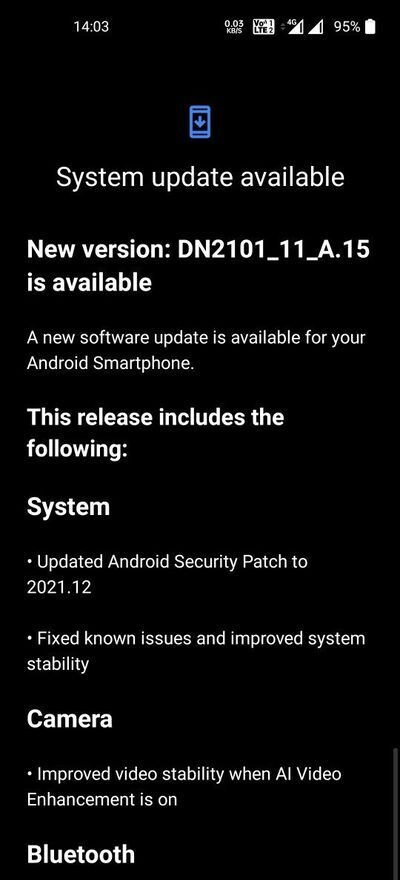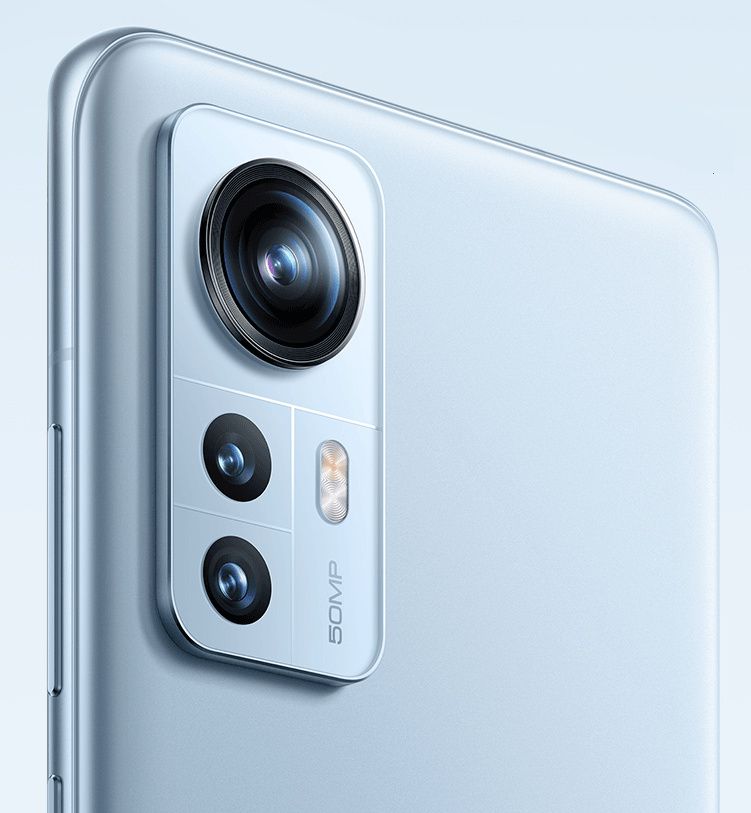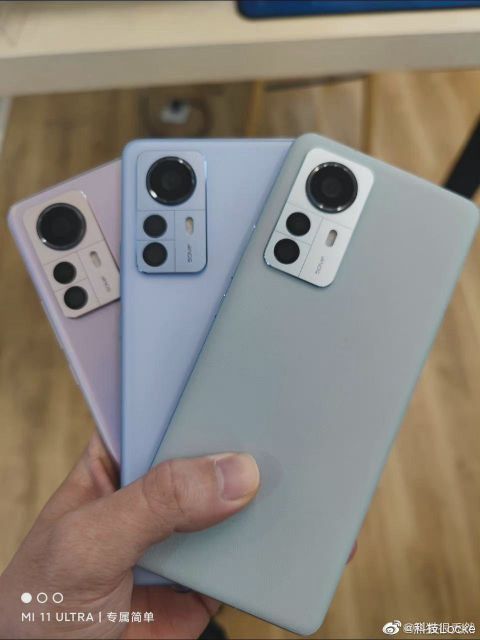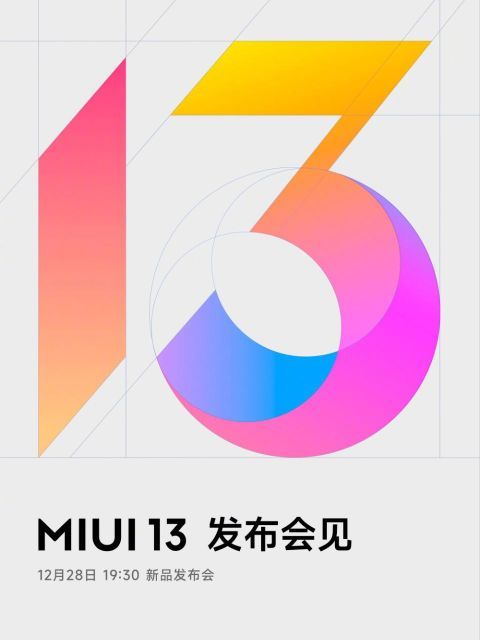Android 12 was one of the biggest updates to Android in a long time. Google finally gave the most popular mobile platform a much-needed visual overhaul with Material You. While Android 12 was announced recently and debuted with the Pixel 6 series, the new OS has already started making its way to several phones including older Pixel devices and Samsung flagships. In fact, Android 12L, the next iteration of Android specifically meant for foldables and tablets isn’t too far away either. Speaking of the next iteration, we already have fair bits of information related to the next big Android update — Android 13 — so we wanted to collect everything in one place. Here’s everything we know about Android 13 so far!
Navigate this article:
When is Android 13 releasing?
It’s too early for Google to give us a release date of Android 13 since Android 12 has just been announced a couple of months back. However, based on the timeline of previous Android releases, we can assume that the stable version of Android 13 could be announced in Q4, 2022. However, before the stable release, we will have a series of Developer Previews preceding it which will be available much sooner.
Android 13 Developer Preview
Every year, Google releases Developer Previews for its upcoming Android version update so that developers and users can test the software before a stable version is rolled out to the public. Developer previews include some upcoming features and keep improving as and when newer versions are released. Again, we don’t have a confirmed timeline for the Android 13 Developer Preview but the first build should ideally be out in early 2022. The Android 11 and Android 12 Developer Preview program started in February which is good reason to assume that the Android 13 Developer Previews should also start rolling out sometime in February 2022.
Apart from being available to install on Pixel devices, you will also be able to flash the Android 13 Developer Preview onto other devices via GSI. However, Developer Previews are not meant to be used as daily drivers since they contain a ton of bugs and glitches. They’re mainly software meant for developers to begin platform migration for their apps and services.
Android 13 Beta
Developer Previews are generally succeeded by Beta builds that are slightly more polished and closer to the real deal. This is also the stage where various OEMs start their beta programs and let you try Android 13 with their custom skins on top. Again, these versions are also unstable and are not recommended for the average consumer. Beta builds, however, are a good way to get a glimpse of what the final update for your phone might look like. Beta releases usually coincide with Google I/O, which in turn is usually held in the middle of May every year. If Google sticks to its trends, we hope to see the first Android 13 Betas roll out in May 2022.
Android 13 Beta with Platform Stability
A few Beta versions in, we should see Android 13 achieving Platform Stability which means that the Android 13 SDK, NDK APIs, app-facing surfaces, platform behaviors, and even restrictions on non-SDK interfaces have been finalized. There will be no further changes in terms of how Android 13 behaves or how APIs function in the betas that follow. This is the closest version to a stable release and should ideally come out 1-2 months prior to the stable build. Android 12’s Platform Stability Beta released in August 2021, so we can presume a similar timeline for 2022 for Android 13.
Android 13 Stable
This is the finalized Android 13 release that will hit supported devices. Usually, Google’s Pixel series get updated first, followed by phones from other OEMs. The timeline for the stable release of the new Android version usually coincides with the release of a new Pixel smartphone. Based on past trends, we expect to see Android 13 and a presumed Pixel 7 series launch in October 2022.
Will my device get Android 13?

Well, this totally depends on what device you have. Flagship phones from renowned brands have a good chance of getting the Android 13 update, especially if the phone is relatively recent. Based on its update promises, Google will officially update these devices to Android 13:
- Pixel 6
- Pixel 6 Pro
- Pixel 5
- Pixel 5a (5G)
- Pixel 4
- Pixel 4 XL
- Pixel 4a
- Pixel 4a (5G)
Samsung has announced that it would update quite a few of its devices for up to three years, so if you have a recent Samsung flagship or upper-midrange phone, you should ideally get the Android 13 update. LG had also shared a list of devices that would be updated to Android 13 despite the fact that the brand has now shut down its smartphone division. Just like Samsung, OnePlus also announced that it would be updating its flagships for three generations, so a recent OnePlus phone should also ensure you an update to Android 13. Of course, the list of devices that will get the Android 13 update isn’t just limited to this. However, it completely depends on the OEM whether or not they want to provide an update to the phone you have. There’s also the question of when the update arrives since software update and timely software update are two different concepts.
What will Android 13 be called?
Android has had a sweet past and has matured considerably to become the OS that it is currently. Initial versions of Android were named after desserts and the tradition continued till Android 9 Pie. With Android 1o though, Google stopped referring to Android releases with dessert names and instead just stuck to the version number.

However, every Android release has an internal codename which still happens to be named after a dessert. Supposedly, Android 13 would go by the name of Tiramisu internally. Tiramisu is a coffee-flavored Italian dessert and is frequently seen as a flavored adaptation onto cakes, icecreams, and other desserts.
These have been the dessert names (internal or public) of all the Android versions so far:
- Android 1.5: Cupcake
- Android 1.6: Donut
- Android 2.0: Eclair
- Android 2.2: Froyo
- Android 2.3: Gingerbread
- Android 3.0: Honeycomb
- Android 4.0: Ice Cream Sandwich
- Android 4.1: Jelly Bean
- Android 4.4: KitKat
- Android 5.0: Lollipop
- Android 6.0: Marshmallow
- Android 7.0: Nougat
- Android 8.0: Oreo
- Android 9: Pie
- Android 10: Quince Tart
- Android 11: Red Velvet Cake
- Android 12: Snow Cone
- Android 13: Tiramisu
Android 13 New Features and Changes
Needless to say, every Android version upgrade brings with it a host of new features and changes. Some may be monumental, others may be minor and under the hood. Android 12 brought about a radical redesign that was long overdue. So, we’re expecting Android 13 to not be all that different in terms of looks compared to Android 12. It’s also very early to comment about any new features that would be coming to Android 13. However, there are slight glimpses of what we can expect from the new Android update next year.
Multi-user NFC Payments
You would be aware of the fact that Android has had multi-user support for quite a while now. You can create multiple profiles for different users on a single Android device so as to not share any personal data with all users. However, there are some constraints on what secondary user profiles can do, one of them being the inability to make NFC payments. Contactless payments via NFC are quite common in various parts of the world. However, even on Android 12, you cannot make NFC payments via secondary user profiles.



That’s expected to change with Android 13 as per some commits on the AOSP Gerrit, as secondary user profiles may be allowed to make NFC payments. This can be really useful if you share a single device with different members of the family or with your friends. Again, this is still in the early stages so it may change as we get closer to the Android 13 launch.
Native support for DNS over HTTPS


Currently, Android only has support for DNS over TLS, more commonly known as DoT. A code change in AOSP suggests that with Android 13, support for DNS over HTTPS of DoH will be added. If you want to know the difference between the two, DoT uses TLS to encrypt DNS traffic while DoH uses HTTP or HTTP/2 protocols giving it a slight advantage in terms of privacy.
Disable Background App limitations
Android 12 introduced a new background app limiter known as PhantomProcessKiller which is essentially an aggressive background process killer. If you’re a power user, you surely don’t want your background processes to be killed, even if it means extra RAM and battery usage. It seems like Google has realized this, and we may see a toggle to disable this background app limitation feature on Android 13. Google has submitted a patch to AOSP that adds a toggle in Developer Options to turn off the Phantom Process monitoring, indicating that we may see this feature on Android 13.
Full Support for Bluetooth LE Audio
Android 12 includes the necessary foundation for Bluetooth Low Energy Audio, a new standard for low power audio transmission over Bluetooth. However, there’s still no complete support for BLE Audio transmission currently. This is supposedly going to change with Android 13. Recent commits submitted to the Android Open Source Project (AOSP) suggest that full support for BLE Audio could finally be coming in Android 13.
Google has merged the commit to add an LC3 codec type for Bluetooth A2DP. LC3 stands for Low Complexity Communications Codec and is a high-quality, low-power audio codec that promises to deliver good audio quality audio. This is quite big since until now, Bluetooth LE was only used for data transmission and not audio transmission.
App Languages
As per some reports, Google is working on a new feature codenamed Panlingual that allows users to set different languages for each app. This will surely be a godsend for multilingual users who want to use certain apps in specific languages. The report says that users will find a new option under Languages & Input named App Languages from where one can assign a language to a specific app.




However, note that the feature is still in its early stages and since Android 13 is still far away, there may be some changes to the way it works. Currently, there are certain apps like Google Maps that allow you to change the language inside the app. But a per-app control even for third-party apps is something a lot of users across the world will appreciate.
Runtime Permission for Notifications
If you hate getting too many notifications on your phone from unwanted apps, this feature is going to be your savior on Android 13. Currently, any app can send you notifications, even for promotions, that can end up being spam.


Android 13 adds a new runtime permission “POST_NOTIFICATIONS” for notifications. This means that notifications could become an opt-in feature on Android 13 while you’re setting up an app. Users may be able to choose whether they want to allow an app to send a notification to their device in a fashion similar to how they choose to allow other permissions like Location and Camera access when a newly installed app is opened for the first time.
TARE: The Android Resource Economy
Android 13 is supposedly going to bring a new energy management feature that will let apps make the best use of the available battery life on your device. TARE primarily focuses on energy-use management on the device, with the feature working through AlarmManager and JobScheduler policies.




To put it in simple words, it could be that TARE introduces a form of currency that is tied to the battery level of the device. Google will be awarding credits to apps based on how depleted the battery is, and apps can then use these credits as payments for the opportunity to perform tasks. Essentially, Google will be setting limits to how many tasks an app can schedule through JobScheduler and AlarmManager depending on the battery level and the needs of the app. We should know more about TARE and how it works in the coming weeks after official documentation from Google is out.
Lock Screen Clock Layouts
Up until now, the clock on Android was situated only in one fixed position on the lockscreen. While some custom skins like Samsung’s One UI provided an option to customize the clock’s position, there was no such option in AOSP. However, that’s set to change with Android 13.



Currently, the clock is displayed in a huge font at the center of the lockscreen on Android 12. When notifications arrive, the clock shifts to the top-left corner of the screen in a single line. Once the notifications are dismissed, it goes back to occupy the majority of the space on the lock screen. With Android 13, Google may give you the option to change the clock style on the lock screen and change the layout by default.
It may also be possible that this feature is coming to Android 12L so you might not have to wait for too long after all if you want to reduce the size of the clock on your lock screen.
That’s pretty much everything we know so far about Android 13. Note that we will continue to update the article as and when more new features and changes in Android 13 come to light. Given that Android 12 was a substantial update, what are your expectations from Android 13? What new features would like to see on the upcoming version of Android? Let us know in the comments below!
The post Android 13 “Tiramisu”: Everything we know so far about Google’s next big update! appeared first on xda-developers.
from xda-developers https://ift.tt/3H9beeo
via
IFTTT






































